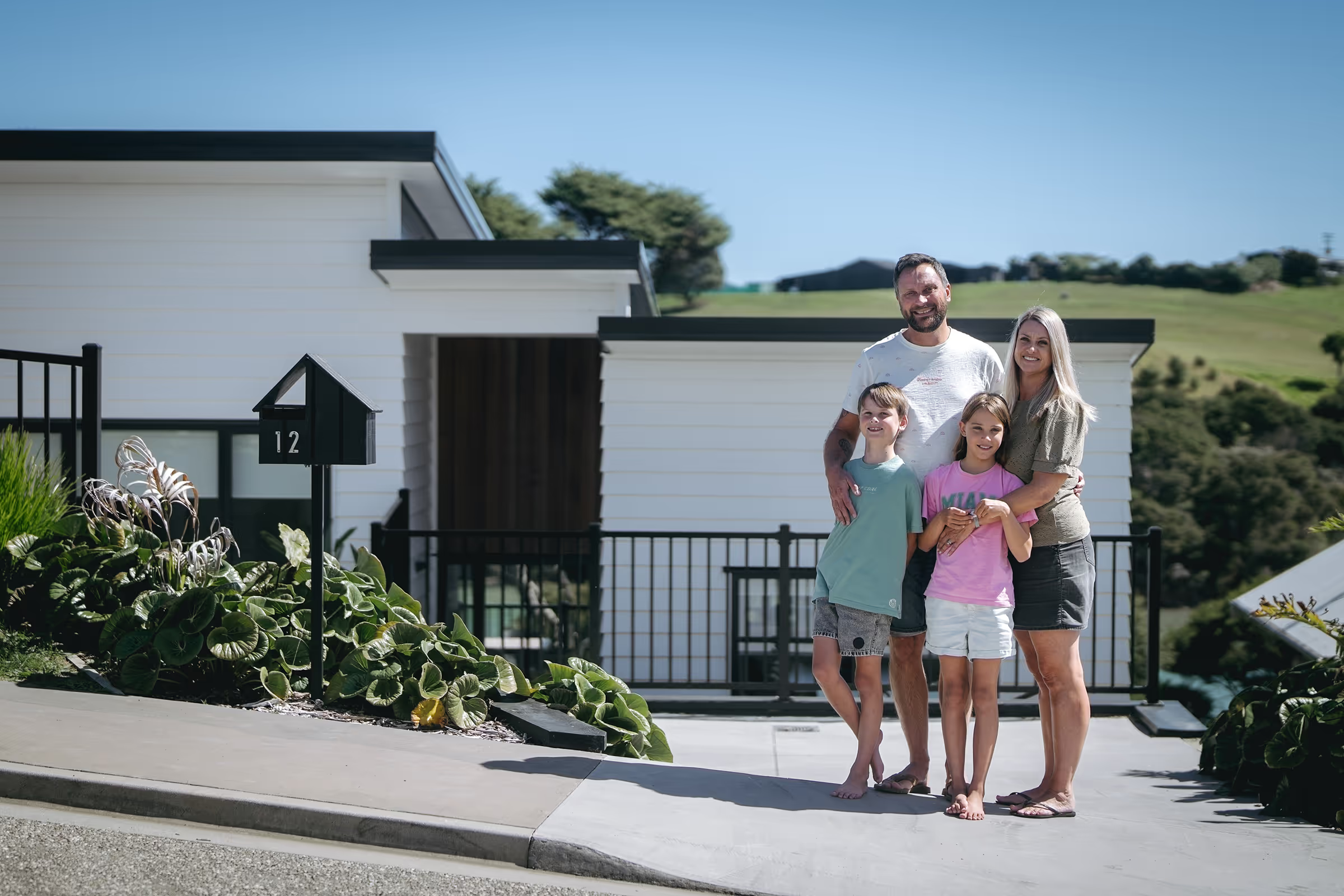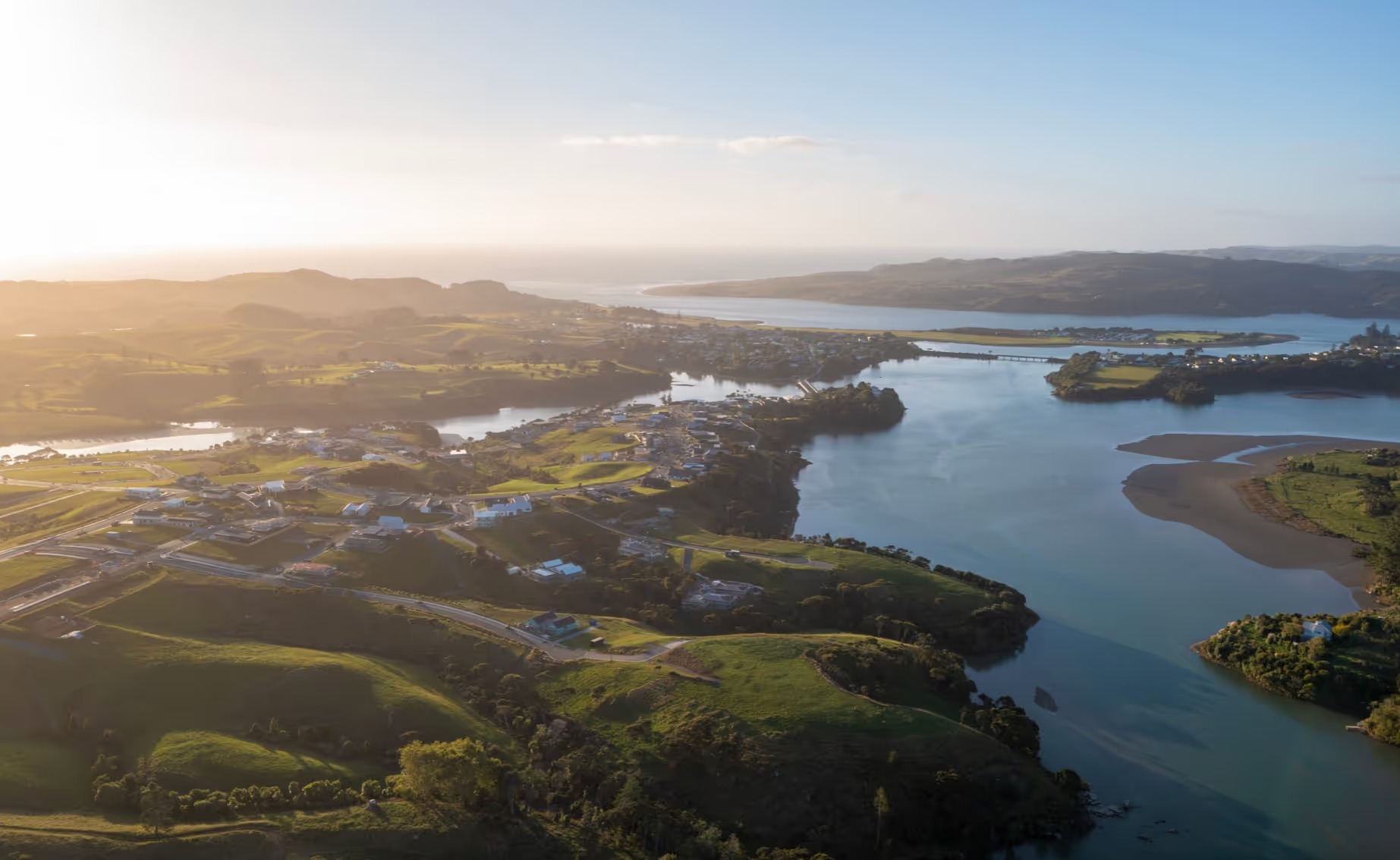Regenerative Planting
The Vision
When looking at New Zealand landscapes, you can often spot a lot of non-native growth, some of which is out of control and hinders New Zealand native plantings from growing and reproducing in their own natural habitat. This has a negative impact on native wildlife and birdlife. However, when arriving at Rangitahi, it is obvious to see the work that is going into the peninsula to make it weed and pest free. The Rangitahi Vision is to enrich not only the peninsula but also the region through regenerative planting. Here at Rangitahi, we have a great passion for protecting the ecological values of the land and helping the native flora and fauna flourish. At its core, regenerative planting or native plant restoration is to put back what is naturally there. This means looking at the land and assessing what native flora and fauna naturally thrives in the location, then purposefully boosting natural growth by planting native seedlings that help enrich and establish the existing natural canopies and sub canopies; doing this will encourage natural seed dispersal through birds and weather.

Weed management & prep
Before any planting is done, the most significant part of the job is remedial work that is taken out on existing noxious weeds. This is a long and arduous job that can take up to three years to complete to set the land in good stead for future planting. It is pointless to start regenerative planting without undertaking this initial work, as the native plants will be hampered and have no room to grow and flourish naturally. Some of these noxious weeds that have been removed from Rangitahi and the surrounding Peacocke farmland are: Woolly Nightshade, Privet, Wattle, Gorse, Asparagus weed. Not only are these weeds a pest, but they can also cause allergy and respiratory problems in some allergy-sensitive people. And they can hinder the natural growth of native species.

Plant choices and uses to support regenerative planting and flora and fauna
Various native species are grown in Karioi Nursery in Whale Bay and then planted by Landscape Management Services* (LMS) in Rangitahi. Once the ground preparation has been completed. Karioi Nursery and LMS use around 25 different true native species that are used in various situations to help the land, flora and fauna. A small example of regenerative planting that helps the entire ecological system is - Large Kanuka trees are planted close to the water; this will provide bigger and stronger tress for Kererü and Tui’s to nest in while providing a canopy for some smaller species to thrive underneath; these will then give shade to the waterways for the sea creates to spawn and survive the heat of the sun while making their way to the ocean. Each plant that goes into regenerative planting has a part to play, whether to strengthen the soil on a slope, provide strength and prevent flooding in a waterway with riparian panting, or provide drainage to catchment planting. Some areas of planting design that use a specific combination of plants include:
Catchment planting
Dry Planting
Riparian planting
Foreshore/coastal planting
Streetscapes / beautification.

Planting quantities and future goals
Over the past thirty years, the Peacocke family have planted around two million native plants in the Waikato region. For the Rangitahi project alone, there would have been more than sixty-five thousand plantings so far – with many more to come. In the current panting season alone, approx. Thirty-five thousand pants are being planted over April & May. In addition to the Native planting, there are also non-native producing plants, including, Grapevines, Fig trees, table olive trees, avocado trees, citrus trees and apple trees.
We encourage the community to make full use of these trees; while out walking around the 14kms of tracks, you will be able to take a selection of fresh fruit home to enjoy. *This article was written with the information supplied by Rueben from Land Management Services. Rueben and his family have been working with the Peacocke family for over 20 years to help restore the natural landscape on their farms and land. It has always been their philosophy to put back into the land what should naturally be there for generations to enjoy, and LMS is a key contractor in this area.

.svg)





































































































.svg)